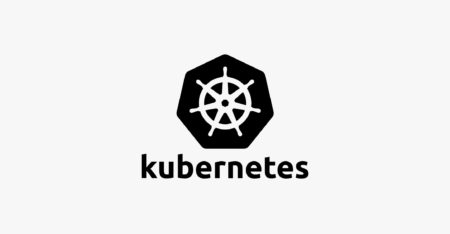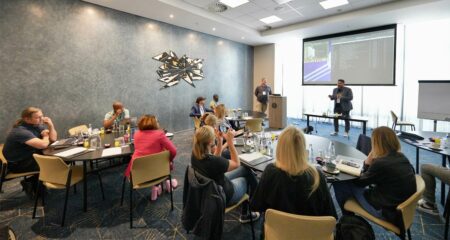
Kubernetes, the latest technology in containerisation, is key when it comes to enabling hybrid cloud solutions. As they have no underlying dependencies, they make systems easier to build and design.
Rob Knight, chief technology officer for enterprise cloud products at SUSE, explained in a recent TechCentral webinar, that containers are just a packaging format and are “a really easy way to bundle in everything that an app requires into a portable format. And ultimately, that’s all they are at a technical level.”
Knight was among several experts discussing Kubernetes, an open-source container orchestration system for automating computer application deployment, scaling and management, at the webinar sponsored, which was sponsored by SUSE.
As IT professionals move up the chain, Kubernetes is one of the biggest driving forces behind the explosion in software development and IT operations (DevOps) practices, he said. “Containers have really helped enable the DevOps movement to become what it is today, when combined with a world-class container orchestration tool, such as Kubernetes.”
Kubernetes, said Knight, allows organisations to enable hybrid cloud in a way that virtualisation never really could. “Containers and Kubernetes ultimately give developers and platform teams the ultimate abstraction layer. They remove all the complexities of dealing with infrastructure from the individual developer and for the operator they remove the need to worry about individual apps.”
What this means, he said, is that containers are intrinsically at the heart of cloud native development and play a key role in helping companies transform digitally. “They can support your move to the cloud and they can help you reap the benefits of hybrid cloud. But overall, they can help bring new products and features to market quicker, which in the current climate can help companies get the edge over their competition.”
Watch the webinar
Simon Robinson, Europe Middle East & North Africa director of sales, Rancher Solutions at SUSE, added that the key aspect is that containerisation, such as Kubernetes, has removed any underlying dependencies because of the way it enables cloud adoption. This provides complete flexibility, he said.
And flexibility is what is needed now in the Covid-19 environment. Robinson added that SUSE has seen massive changes in the marketplace, especially in retail. Because of lockdowns, fewer people are out shopping, especially in the UK. This has led to a total shift from the usual 80:20 split of people shopping in brick-and-mortar stores versus online.
Those companies that have adapted to the change in shopping behaviours have been able to thrive, said Robinson.

Knight added that companies are also increasingly needing to do more with less. “Containers can really help enable that, not just from an application point of view, but from a pure technical perspective because you’re making better use of the infrastructure that you’ve got available. You can fit more apps into the same space and manage them more effectively as well. So as companies really drive to reduce overhead to fit in with the new normal, this is where containers and Kubernetes can play a key role.”
The question, then, is how containerisation and a serverless framework differ. Knight said that serverless is that next level of abstraction on top, helping to abstract the underlying services. “As we move towards making micro services, and then making those into even smaller blocks, into individual functions, that’s where serverless can play a key role.”
This, said Knight, is something that SUSE is seeing. Its customers that have gone all-in on containers and Kubernetes, are now looking at deploying serverless platforms on top of their containerised infrastructure, which will give developers that little bit more agility.

As Johann Els, engineer and open-source specialist at SUSE, said, Kubernetes allows for easier control of systems as they can be slotted in and out like Lego blocks – true plug and play. “When you start looking at serverless and Kubernetes, you don’t need to go and install anything anymore.”
Integration
Another question is how one would integrate Kubernetes. Knight noted that one of the biggest challenges is choice of technology. “In the cloud native ecosystem, there are thousands upon thousands of different projects and products and solutions that people can go out and review and look at. Identifying what ones are right for your business and your platform team can be really challenging.”
There’s almost two different approaches that vendors will take, Knight said. Many will build a Kubernetes platform, and bundle in various value-added services, and almost lock companies into those value-added services. Others will give freedom of choice, which is the approach SUSE and Rancher have taken.
However, as Robinson noted: “The shift into containerisation, as a technology, is every bit as much a paradigm shift in the delivery of IT, as the change from physical to virtual, 20 years ago.”
- This promoted content was paid for by the party concerned




